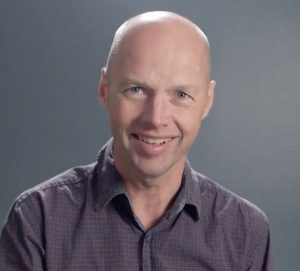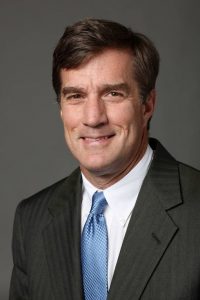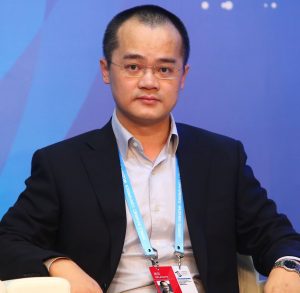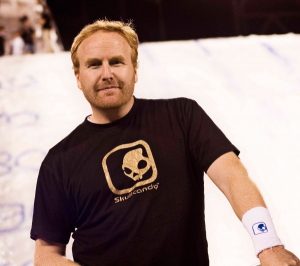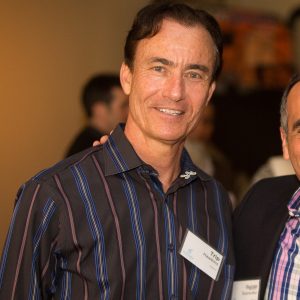Cheng Wei : The Founder of China’s Biggest Transport Network DiDi Dache
China has been the home for many startups and innovators including Jack Ma, the founder of the biggest eCommerce giant Alibaba Group, and Lei Jun, the founder of Xiomi. Another tech innovator who hails from China is Cheng Wei, the founder of China’s biggest autonomous technology conglomerate, DiDi. Wei is one of the fastest grown CEO in China and is often counted among the top three most successful CEOs in China.
Cheng Wei was born on 19 May 1983, in the southeastern province of Jiangxi, in Shangrao, China. He completed a graduate degree in administration from the Beijing University of Chemical Technology, and after graduating, joined as the assistant of the head at a foot massage company. Soon he realized that this is not the job he always intended to do, and after working for a period of one year at the company applied for the job of a salesperson for the business-to-business e-commerce service at Alibaba.
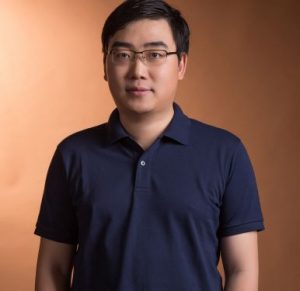
Joining Alibaba proved to be a good decision for Wei, and in the span of six years, he was promoted to various positions in the company. He became the sales manager for the north of China. After six years he was appointed as the deputy general manager at the online payment department, Alipay, in Alibaba, becoming the youngest regional manager in the company.
In 2012, Wei left Alibaba to found his own company Beijing Orange Technology Co, and the first service that he started under the name of the company was DiDi Dache, a transportation service, with an initial capital of worth 15 million dollars from the tech giant Tencent. This car-rental service was a result of his experience with the cabs, as he had missed many flights due to as he could not catch the cabs on time.
People could use the service through an app and get an immediate pickup. The app also included a feature that allowed the users to book the cabs for the next day.
In 2013, the company completed its Series B funding, followed by a series C funding in 2014. In the same year, DiDi Dache appointed the ex-Goldman Sachs Asia managing director, Jean Liu (Liu Qing), as the as COO of the company.
In February 2015, DiDi Dache merged with the other major mobile-based transportation network Kuaidi Dache, making DiDi Kuaidi, keeping the management separate. In July 2015, the company had fundraising, which made it the world’s first private company having completed the largest single fundraising round and raised a worth of US$2 billion.
The company provides hiring service for cars, bus, minibus, chauffeur service, car rental service, bike-sharing service and has got over 10,000 employees working for the company. In 2013, Uber entered China, but DiDi maintained the strongest hold on the transportation market in China. In September 2015, Didi Kuaidi rebranded itself as Didi Chuxing
According to Wei, Artificial Intelligence is the next big thing, and his company is working on the very technology to bring new ideas and technology to DiDi. In 2017, the company started expanding in the other parts of the world starting from Brazil. Also, the company has invested in the other car-rental services like Grab, Lyft, Ola, Uber, 99, Taxify and Careem. The company currently is serving 550 million users across over 400 cities.
Wei is known as a Nationalist and many times has been heard of addressing China’s history and military in his speeches at big conferences. In September 2015, he got the chance to join China’s leader Xi Jinping, to visit the U.S. and attend the 8th U.S.-China Internet Industry Forum (USCIIF) and become the youngest person to participate in the forum.
The employees of his company see him as the greatest leader who is confident and knows how to deal with every situation. Despite the big rivalry between Tencent and Alibaba, he has been able to maintain a calm relationship between the two investors of his company.
In 2015, he was named in the list of “40 under 40” for the Chinese Business Leaders by Fortune. And in the same year, he was at number 1 in the list of China’s “40 under 40” along with Jean Liu. In 2016, he was named Fortune’s Businessperson of the Year. In 2017, Time listed him among the 20 Most Influential People in Tech and was named one of the Global Game Changers by Forbes. In 2018 Forbes China named him among the 50 Most influential business leaders in China.

Yashica is a Software Engineer turned Content Writer, who loves to write on social causes and expertise in writing technical stuff. She loves to watch movies and explore new places. She believes that you need to live once before you die. So experimenting with her life and career choices, she is trying to live her life to the fullest.


